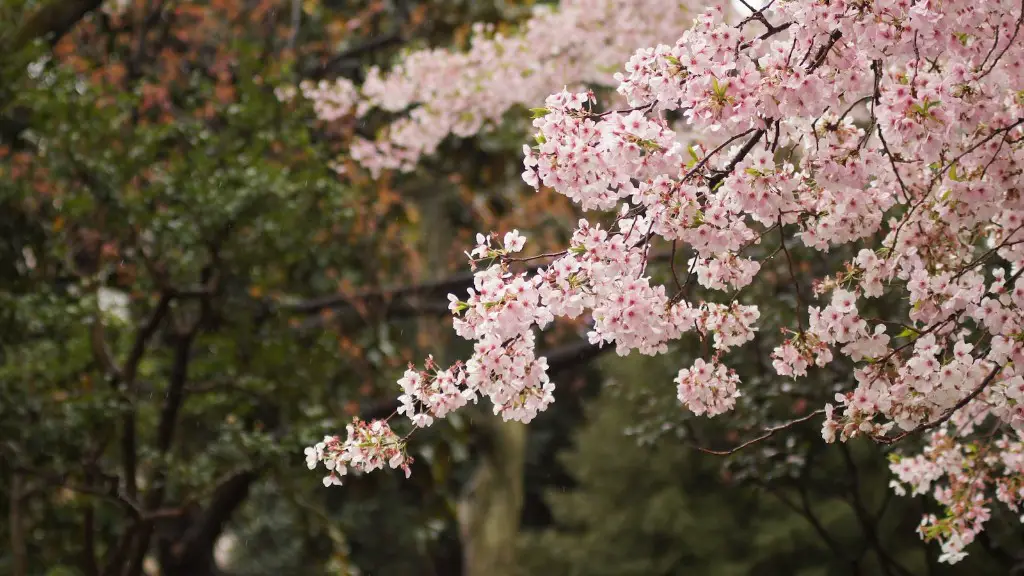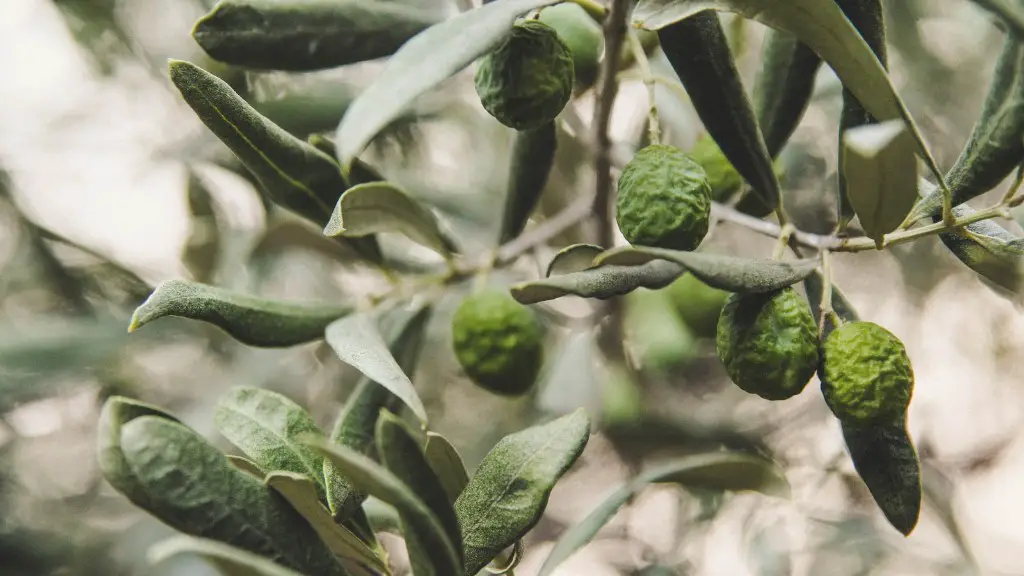Preparing the Pit
The first thing you need to do when starting a cherry tree from a pit is to prepare the pit. To do this, you will need to carefully clean and remove the orange-colored skin and flesh from the pit using a kitchen knife or small screwdriver. It is important to remove all of the skin and flesh because the moisture in it will eventually rot the pit before it has a chance to sprout. After cleaning the pit, you should place it in a sunny location outside and allow it to dry out for 3-4 weeks.
Selecting a Location
When selecting a spot to plant your cherry tree, it is important to choose a location that will give the tree access to adequate nutrients, water, and sunlight. It is also important to make sure that the spot is free from other large trees or shrubs that might compete for these resources. Additionally, you should select a spot that is away from buildings and other structures to ensure that the tree has room to grow and develop.
Soil Preparation
Before planting your cherry tree, you should carefully prepare the soil. You can do this by breaking up the top 12 inches of the soil with a tiller and adding plenty of compost or other organic matter to boost the soil’s fertility. Additionally, you should make sure to check the soil’s pH level to ensure that it is within the ideal range for growing a cherry tree.
Planting the Pit
If the pit has been allowed to dry for at least 3-4 weeks and the soil has been properly prepared, you can now proceed to planting the pit. To do this, find an area in the ground that is around 8 inches deep and wide and create a small hole. Place the pit in the hole and cover it with soil, then water the soil thoroughly. You should continue to water the soil regularly to ensure that the pit has the moisture it needs to germinate.
Fertilizer and Pruning
During the growth of your cherry tree, it is important to provide it with adequate nutrients by using natural fertilizer such as compost or animal manure. Additionally, you should prune your tree regularly to ensure that it has an even shape and enough room to develop its branches.
Harvesting
Once your tree has grown and produced cherries, you can begin harvesting them. Make sure to harvest the cherries as soon as they are ripe in order to maximize their flavor and ensure that the cherries do not over-ripen on the tree.
Protecting the Tree
It is important to take steps to protect your cherry tree from pests and other hazards. You can do this by establishing a barrier of mulch around the tree’s base, or by spraying the tree with an insecticidal soap to keep insects away. Additionally, you should check your local weather reports and take any necessary steps to ensure that your tree is protected from any adverse temperatures, such as frosts or extreme cold.
Maintaining the Tree
If you want to keep your cherry tree healthy and productive, you will need to maintain it on a regular basis. This includes watering the tree during dry spells, pruning it regularly, keeping it away from sources of air pollution, and using a fungicide to protect it from fungal diseases.
General Care Tips
It is important to be mindful of certain things when taking care of your cherry tree, such as avoiding over-fertilizing it, using the proper fertilizers, providing it with proper nutrition, and keeping it away from sources of disease. Additionally, you should make sure to water the tree on a regular basis, mulch around the base, and check its leaves regularly for signs of pests.
Diseases and Pests
When taking care of a cherry tree, it is important to be aware of common diseases and pests. Some of the most common diseases and pests that may affect your tree include powdery mildew, leaf spot, aphids, spider mites, and borers. To protect your tree from these diseases and pests, you should take the necessary preventative measures, such as keeping an eye out for signs of infestation or disease and using an insecticidal soap or fungicide when necessary.
Pruning
Pruning is an important part of maintaining a healthy cherry tree. It helps to ensure that the tree has an even shape and enough room to develop its branches. Pruning should be done in the late winter or early spring, when the tree is still dormant. Make sure to use sharp, clean pruning shears, and cut back any dead or diseased branches.
Watering
Watering your cherry tree is incredibly important, as it needs plenty of water to grow and produce healthy cherries. During hot and dry months, it is important to make sure that your cherry tree is getting enough water by deeply watering it once or twice a week. Additionally, you should make sure to check the soil’s moisture level by sticking your finger in the soil to make sure that it is moist.
Fertilizing
Fertilizing your cherry tree is important for ensuring that it is getting the nutrients it needs for healthy growth. You should use a natural fertilizer such as compost or animal manure, and apply it every two months during the growing season. Additionally, you should make sure to check the soil’s pH level to ensure that it is within the ideal range.


